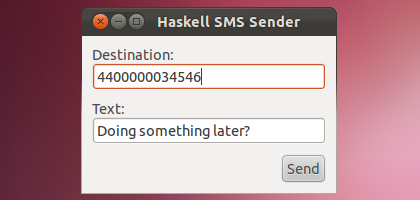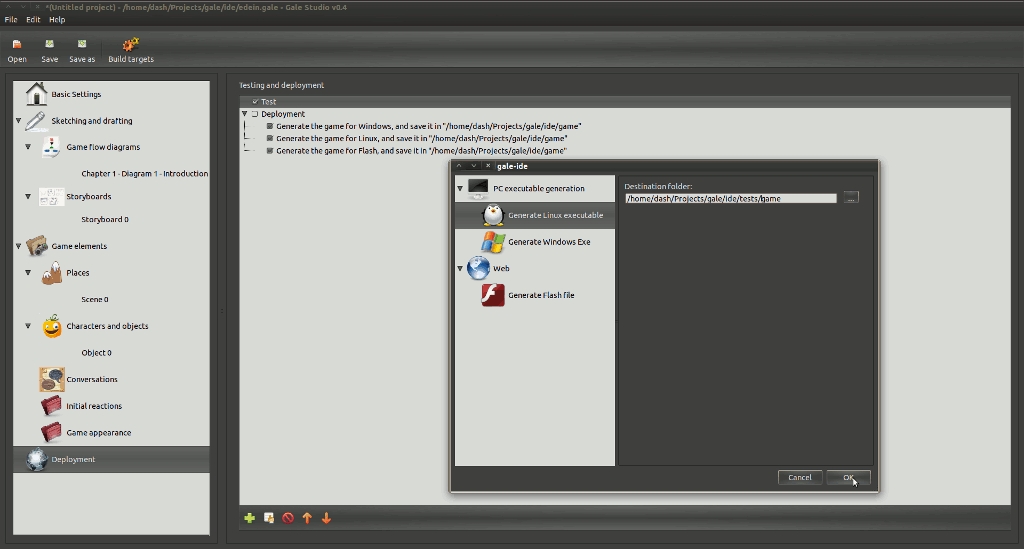Functional Programming
,
Game Programming
,
Games
,
Haskell
,
Linux
,
Open Source
,
Wii
,
Wiimote
Interacting with your Haskell Games using the Wiimote
Quite recently we have been focusing our attention on using new input devices in Haskell games. Wiimotes have many sensors, they are very cheap, and people have been hacking them for a long time.
...
Functional Programming
,
Gtk
,
Gtk2hs
,
Gui
,
Hails
,
Haskell
,
Open Source
,
Reactive
,
UI
Delving into Reactive Values
In a previous posts we examined the current state of GUI programming in Haskell, how imperative libraries get in the way of functional beauty, and how (non-FRP) reactive programming enables short, declarative code and facilitates code reuse. But without the low-level details, without more information on how this framework is structured, all we have is an idea, a draft on a piece of paper. It’s impossible to know how much effort it will require, or how much it will affect our code.
...
Reactive Programming using Reactive Values
If you’ve read previous posts about GUI programming in Haskell, you’ll know that reactive programming allows us to write simpler, less coupled controllers and to move much of our logic to the model of our applications. But how can we realise such stateful elements in Haskell? Meet Reactive Values.
...
FRP
,
Functional Programming
,
Functional Reactive Programming
,
Gtk
,
Gtk2hs
,
Haskell
,
Reactive
,
UI
GUI programming in Haskell "the old way"
As discussed in a previous post, purely functional GUI frameworks may fail to deliver in terms of feature coverage, look-and-feel and codebase scalability. As a result, many programmers turn back to good-old Gtk+ for their user interfaces (see, for instance, Ian-Woo Kim’s hoodle).
...
Keera Hails: functional event-driven programming of desktop applications in Haskell
Some time ago I tried to create big programs with user interfaces in Haskell and found that none of the FRP frameworks worked as expected. Some were incomplete, others didn’t compile, and efficiency was an issue in those that did work.
...
Keera Posture: when Haskell, OpenCV & Simplicity unite
Can we show how powerful Haskell is with an application that is very useful and, at the same time, surprisingly simple?
I present Keera Posture: a program that will warn you when you sit or stand in a straining position. All you need is a webcam and a PC.
...




